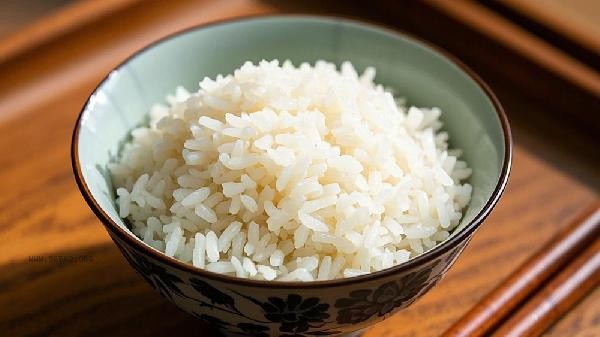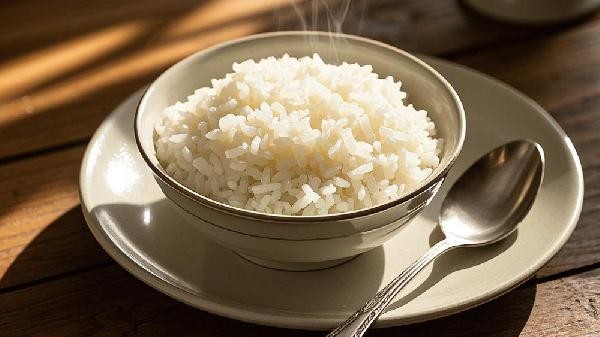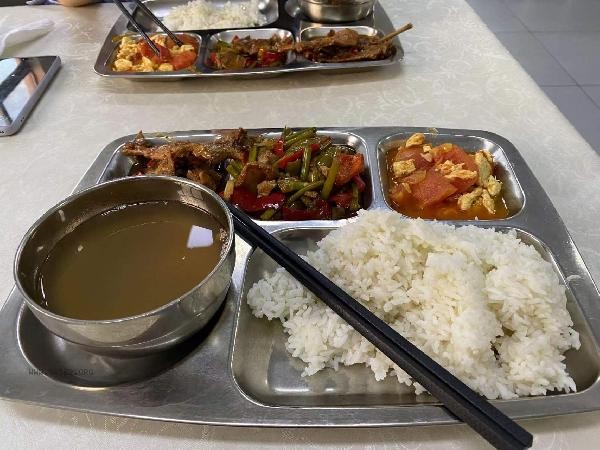There is generally no harm in cooking Congee with cooked rice, but it needs to be judged according to the specific situation. Cooked rice and Congee may lead to partial loss of nutrition or taste change, but usually do not produce harmful substances.

When Congee is cooked with cooked rice, the starch structure will further gelatinize during the second heating process, making Congee easier to digest, suitable for people with weak gastrointestinal function. Water soluble nutrients such as vitamin B may be partially lost due to prolonged cooking, but nutritional deficiencies can be compensated for by pairing with vegetables, meat, and other ingredients. If cooked rice has deteriorated due to improper storage, it can no longer be used for cooking Congee, which may cause gastrointestinal discomfort.

Some people may not be suitable for eating because the glycemic index of cooked rice and Congee increases. For example, diabetes patients need to control their intake. If the overnight rice is not refrigerated, the risk of bacterial reproduction will increase, and there is a potential safety hazard in cooking Congee. Caution should also be exercised when using the insulation function of an electric rice cooker to store cooked rice for a long time, as high temperature environments may accelerate rice spoilage.

It is recommended to choose freshly cooked rice to make Congee, and avoid using cooked rice stored for more than 6 hours. When cooking Congee, you can add grains and beans to enhance the nutritional value, and match with fresh vegetables to ensure the intake of dietary fiber. Gastrointestinal hypersensitivity patients should control the consistency of Congee to avoid excessive thickening and aggravating the digestive burden. Pay attention to the condition of the rice. Do not use it when there is an odor or discoloration to ensure food safety.








Comments (0)
Leave a Comment
No comments yet
Be the first to share your thoughts!